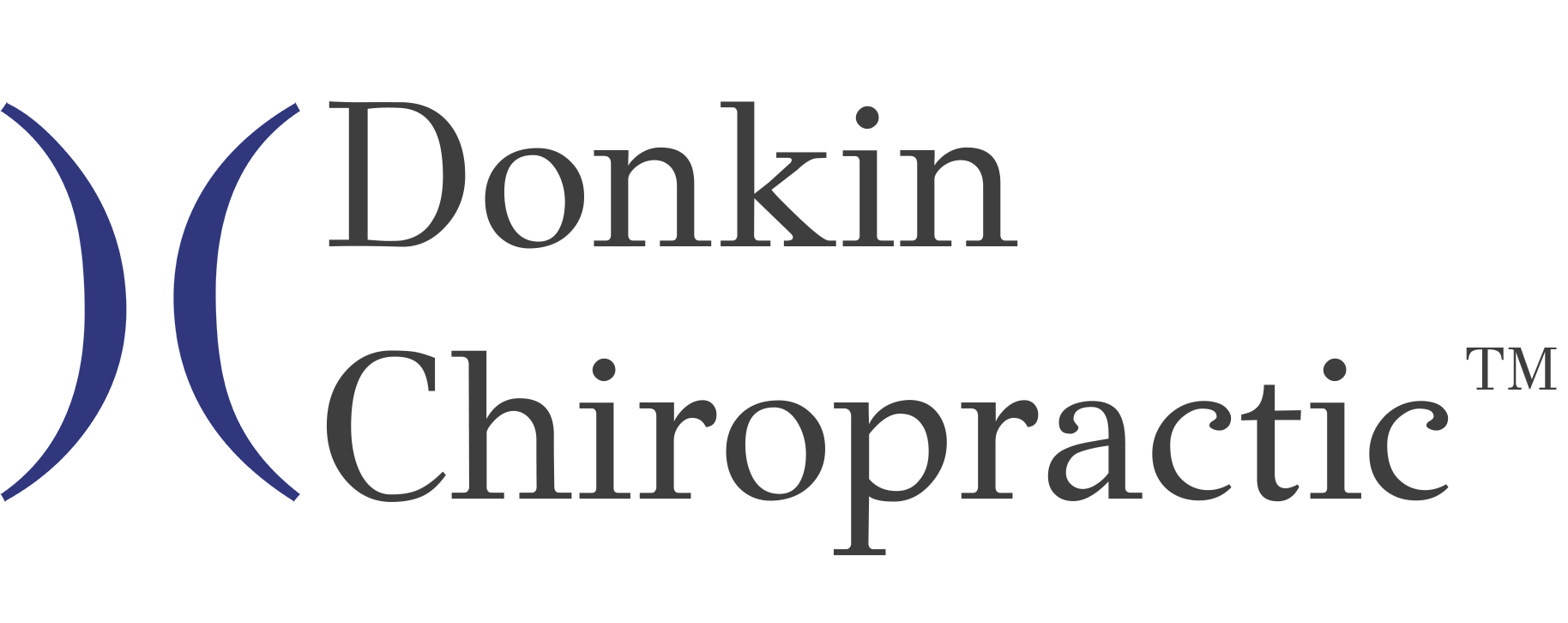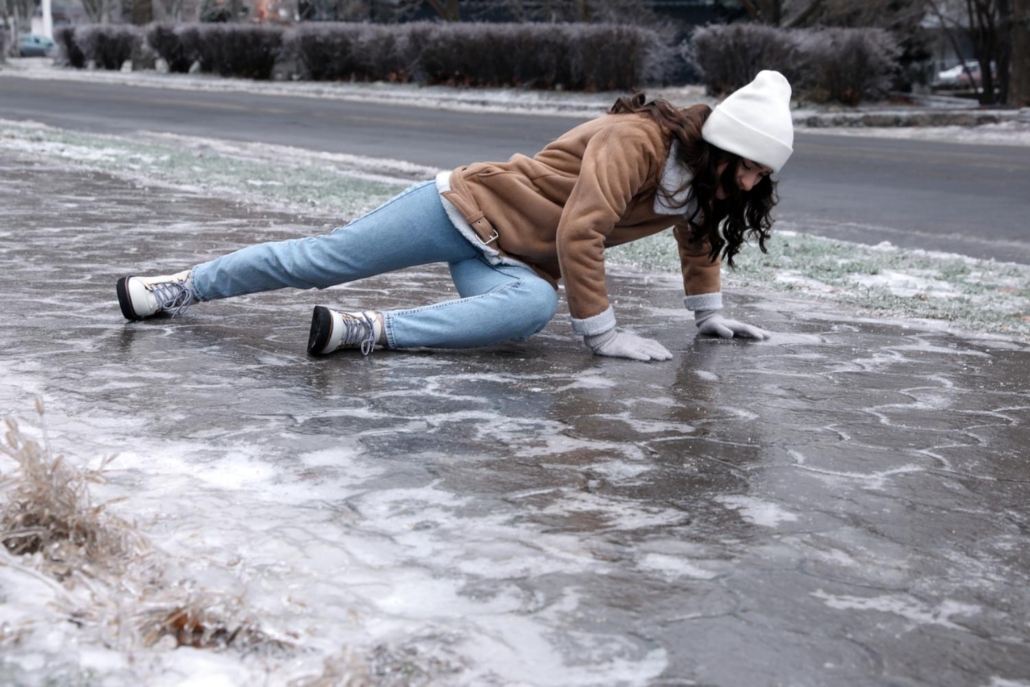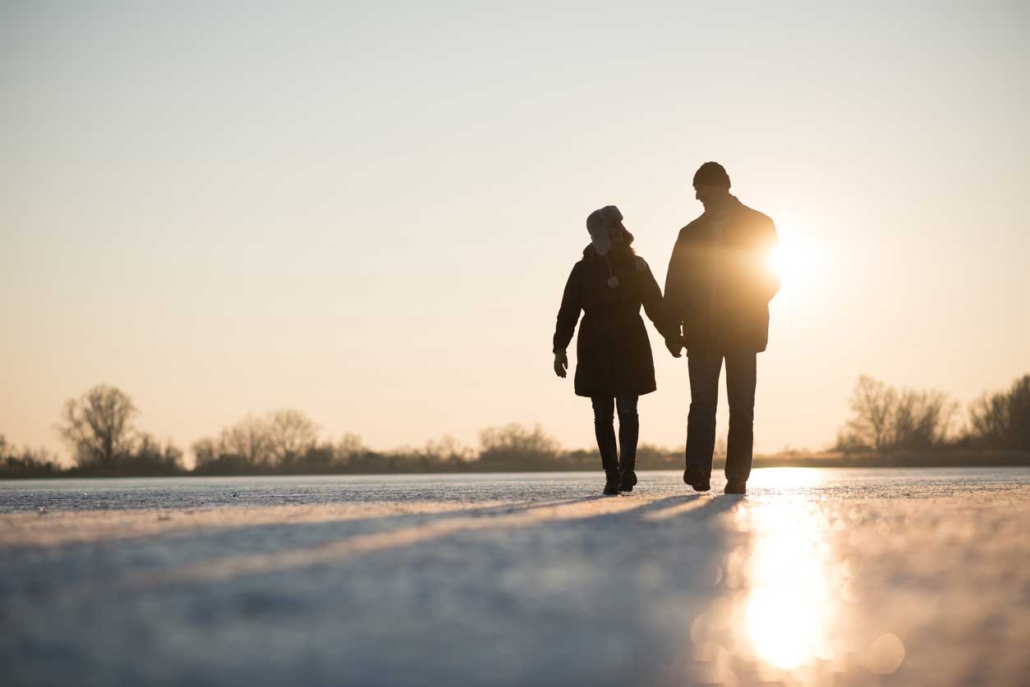ATTENTION: All Drivers
We are all familiar with the notion of distracted drivers. We see them regularly on the road and maybe we have even driven distracted ourselves. But there is a formidable force coming our way that requires our attention especially this time of year. That is distracted deer!
This time of year, deer are distracted for a number of reasons:
- This is their mating season which draws their attention to their own kind.
- Harvest season is also in full swing which disrupts their familiar surroundings with noise and dust.
- As if this is not enough, deer also encounter hunting season with its share of noise and commotion.
Deer are not very good at looking both ways before they cross the road anyway and with all these distractions it’s no wonder why they dart out onto the road without warning and into the path of oncoming automobiles. Is this a big deal? According to the Nebraska Office of Highway Safety, there were 3,760 car animal collisions causing $1,000 or more in damages in 2009. Of those, 3,420 involved deer. Doing the math, that’s over $3.4 million the very minimum of $1,000 per vehicle. I have personally seen vehicles with over $5,000 in damage or even totally destroyed from collisions with deer. I imagine the total vehicle damage is much, much greater than the $3.4 million in Nebraska and that was 10 years ago!
What can you do to help protect yourself as the driver as well as the other occupants in your vehicle from a preventable deer collision?
- Now that you know deer are distracted especially this time of year, take extra precautions to make sure you are not distracted while driving.
- Remember that sunset is particularly risky for distracted deer on the roadside so this is peak alert time for driving.
Enlist the help of passengers in your vehicle to be on the lookout for deer and to avoid making distractions while on the road.
In the event you do collide with a deer, make sure you have your automobile thoroughly checked for the extent of damage and by all means, have your body, as well as the passengers in your vehicle, checked. I have seen many deer/automobile collisions in which the extent of injury is greater to the occupants in the vehicle than there was to the vehicle itself. Getting checked for injury is smart because if there is an injury you can get your recovery off to the quickest start and if there is no injury then you have that peace of mind.
Happy and safe traveling to motorists and deer alike!
READ MORE

















 Scott Donkin, DC, DACBOH, is an internationally published author, chiropractor, lecturer, and consultant who has been in private practice in Lincoln, Nebraska for over twenty-five years.
Scott Donkin, DC, DACBOH, is an internationally published author, chiropractor, lecturer, and consultant who has been in private practice in Lincoln, Nebraska for over twenty-five years.